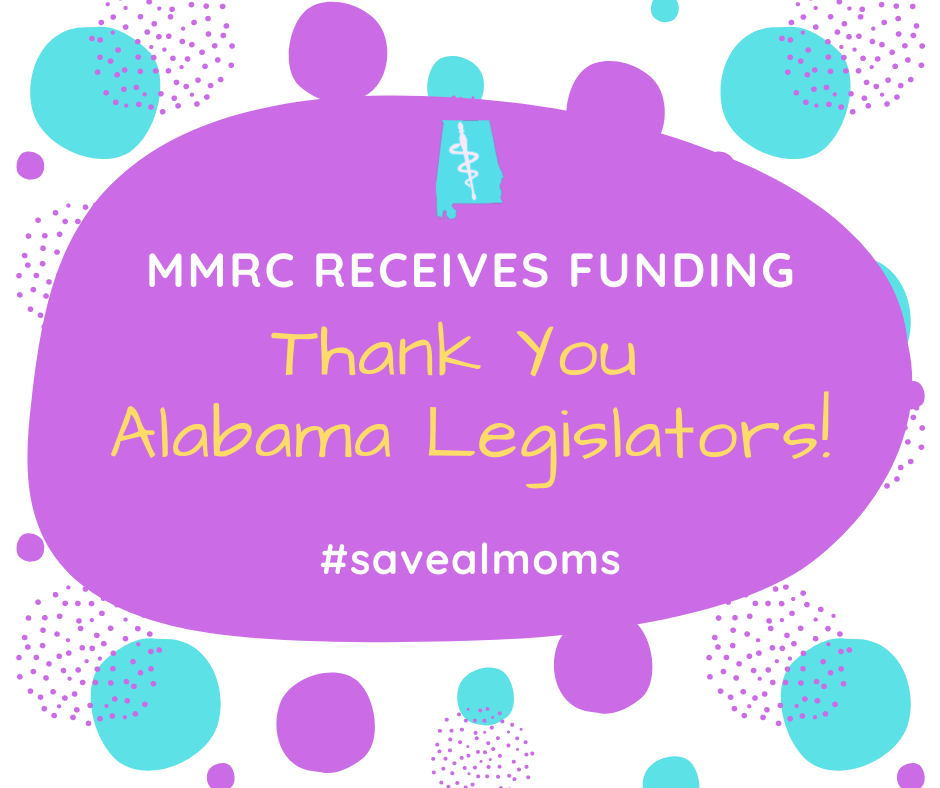Tag: mmrc
-

Physicians’ Perspective: Dr. Lindsay Robbins & Funding the MMRC
The Alabama Maternal Mortality Committee completed its inaugural year, reviewing a full year’s worth of maternal deaths in the state of Alabama. During the review process of each maternal death, the committee ensures that the cause of death is recorded correctly, weighs in on whether or not the death was preventable, and makes recommendations to…
-

Funding the Maternal Mortality Review Committee: An Effort to #SaveALMoms
The Statistics According to the most recent statistics, Alabama’s 2018 maternal death rate of 36.4 maternal deaths per 100,000 live births means women in this state die from pregnancy and childbirth complications at more than double the rate of women nationally (17.4 deaths). The numbers also mask a glaring racial disparity: black women die at…
-

New Maternal Mortality Statistics Highlight the Need for Alabama to Take Action
Largely due to the slow implementation of a standardized death certificate by states, data on maternal deaths has not been reported on the National Vital Statistics System since 2007. Meaning that, for over a decade, the United States has not recorded an official count of pregnancy-related fatalities, nor an official maternal mortality rate. This year,…